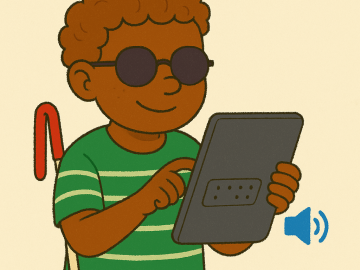Delivering online safety education to SEND learners requires a thoughtful, creative, and student-centred approach. Every child has the right to learn how to navigate digital spaces safely, but the way that education is delivered must reflect their cognitive, social, and emotional development.
A one-size-fits-all curriculum does not serve the diverse needs within the SEND community. Therefore, schools must embed differentiated teaching strategies and materials that are accessible, engaging, and relevant to each learner. This includes using visual supports, sensory-friendly resources, and simplified language to explain complex ideas.
Adapting Your Education
Symbol-supported text, social stories, and visual schedules can help break down abstract concepts like consent, digital privacy, and cyberbullying. For example, a social story might illustrate what to do if someone sends an unwanted message online, using familiar routines and visual cues to reinforce the message.
Concrete examples and role-play activities are effective for teaching concepts like digital boundaries and safe communication. Practising how to respond to a friend request or what to say if someone asks for personal information can prepare students for real-life scenarios in a controlled and supportive environment.

Evolving Learning Through Age Groups
Online safety education should also be progressive and developmental. With many SEND groups, children may be experiencing their education with peers within different age groups so education must be reflective of what developmental stage the group is at, not what their age determines. ProjectEVOLVE, being an online digital education toolkit for Early Years Settings to Key Stage 5, can support educators with choosing developmentally appropriate tasks.
Tailoring the curriculum to address the specific platforms and games students use also adds relevance. Discuss popular games and apps in class, helping students identify safe behaviours within those contexts. For many SEND students, gaming is a primary social outlet, so it's vital to address the unique risks and opportunities these platforms present.
By making online safety education engaging, consistent, and accessible, schools can empower SEND learners with the skills they need to thrive in digital spaces, both now and in the future.





